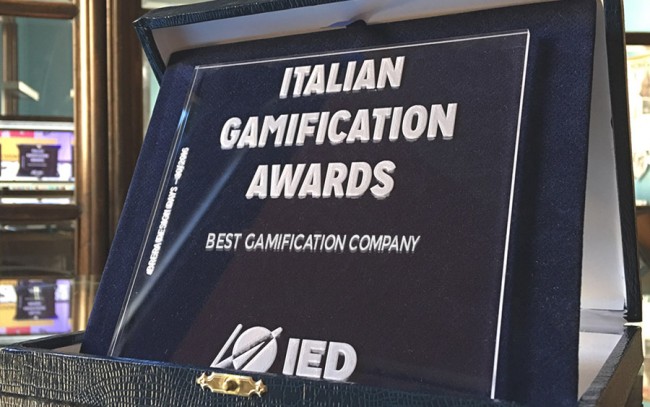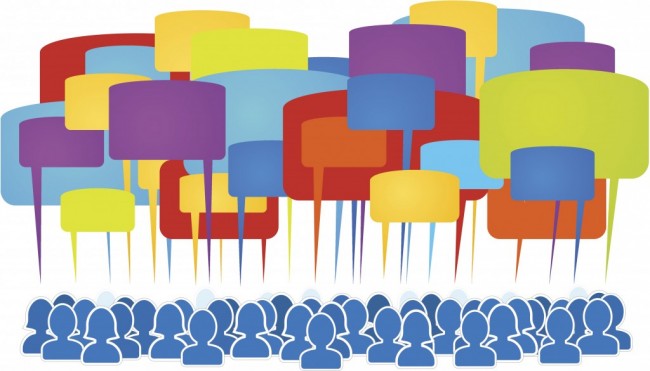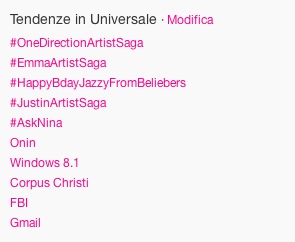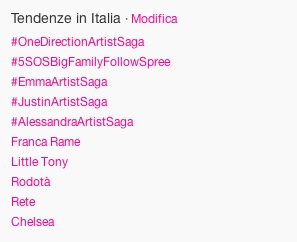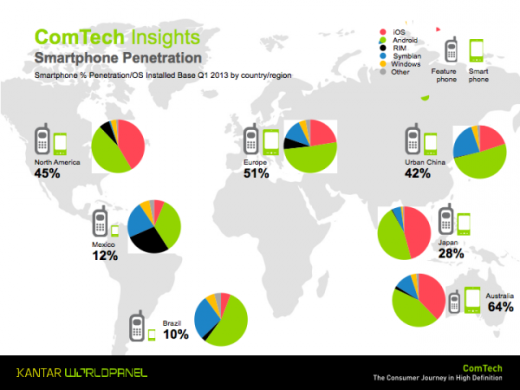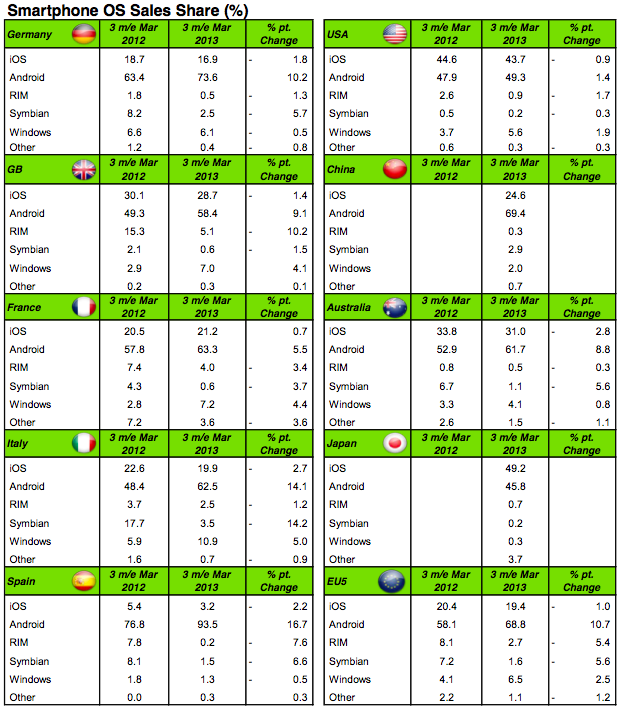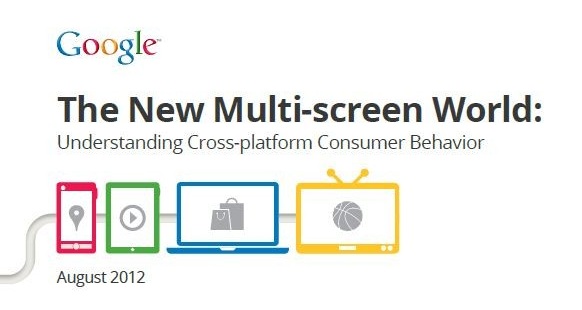WE HAVE WON ITALIAN GAMIFICATION AWARDS
We are proud to announce that Alittleb.it has been chosen as “The Best Gamification Company” at the first Italian Gamification Awards, for the projects number, quality and importance of involved brands.
Italian Gamification Awards has been organized by IED – Istituto Europeo di Design during the Brera Design Days.


